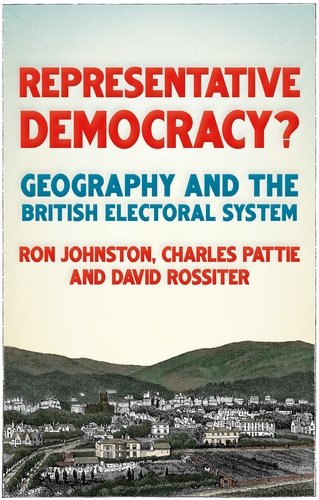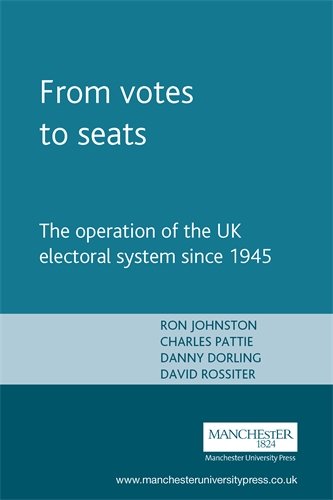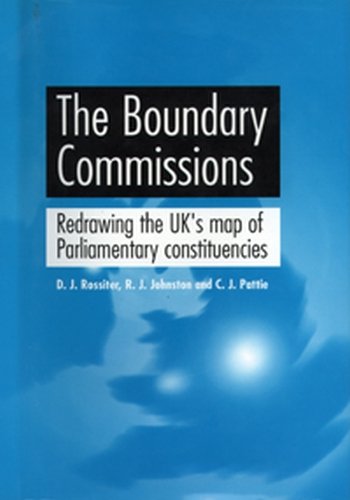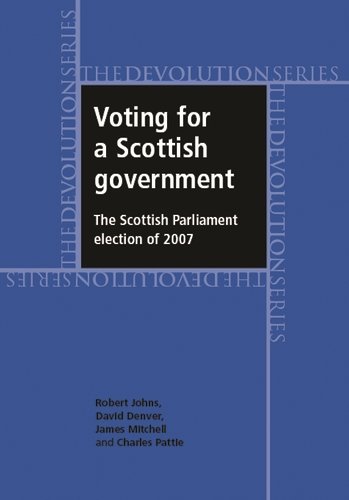Representative democracy?
Geography and the British electoral system

Members of parliament in the United Kingdom are elected to represent geographic constituencies, but how are these defined and what are the consequences for representative democracy? Following the Conservative party's large majority in the 2019 general election, some have suggested that drastic changes to Britain's constituency boundaries could be afoot, affecting every corner of the UK. As populations grow and move, it is commonly accepted that changes are necessary, but these are fraught with difficulty, and the political consequences may be drastic. This major new survey reveals how constituency mapping has changed since 1832. Tackling issues such as the evolution of an independent procedure, first introduced in 1944, and the new rules for redistributions introduced in 2011, it illustrates how election results have favoured some political parties over others. Is our electoral system and the way it is mapped fit for purpose? -- .

Ron Johnston was Professor of Geography in the School of Geographical Sciences at the University of Bristol
Charles Pattie is Professor of Politics at the University of Sheffield
David Rossiter is now an independent researcher, having previously held posts at several British universities



